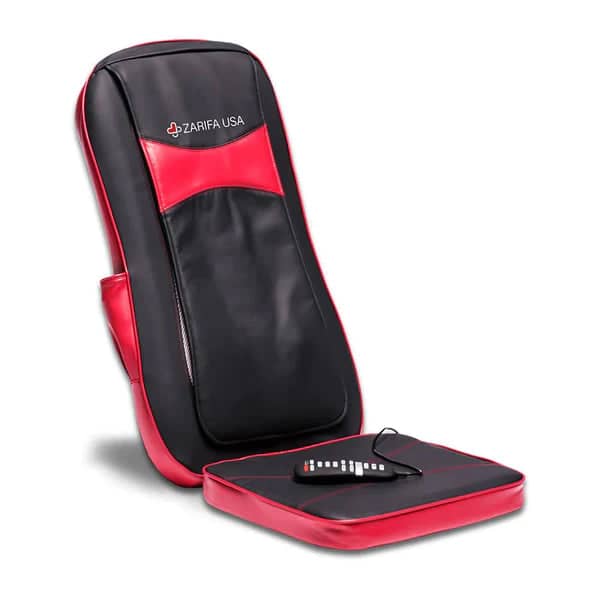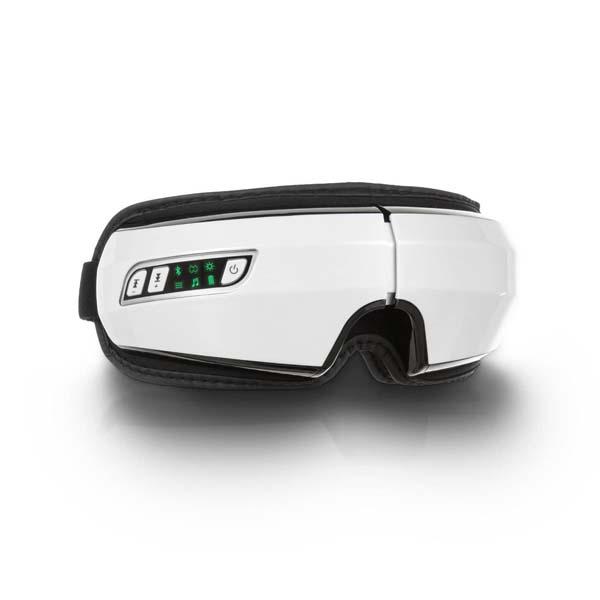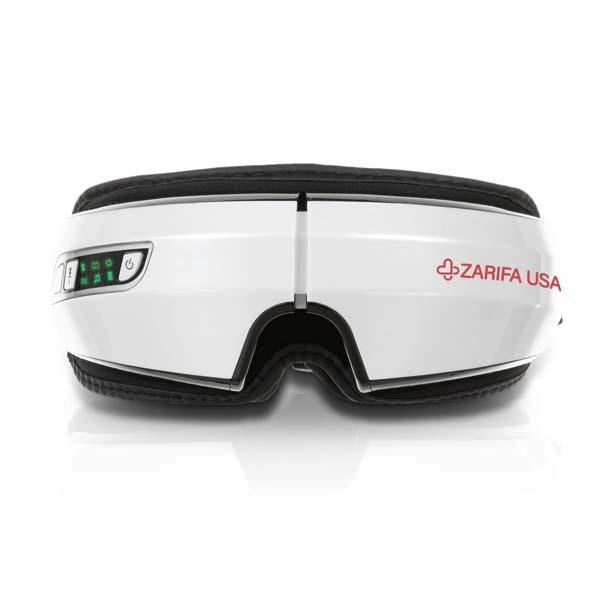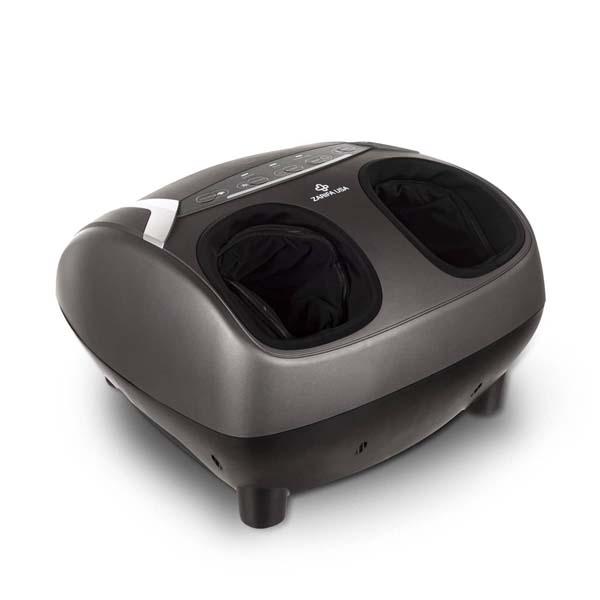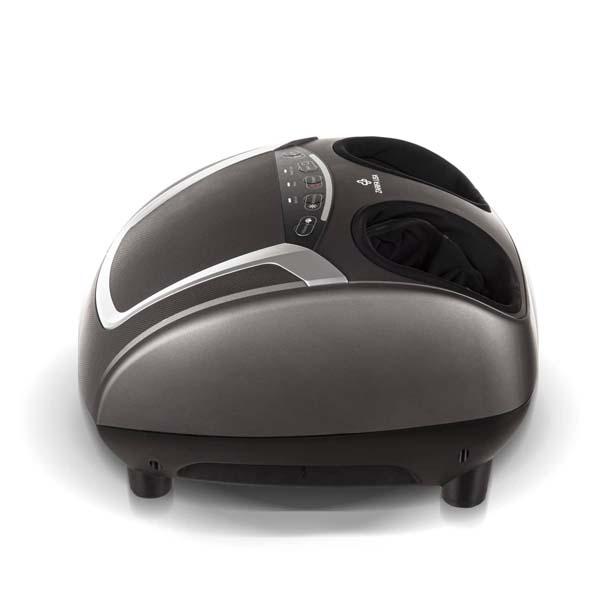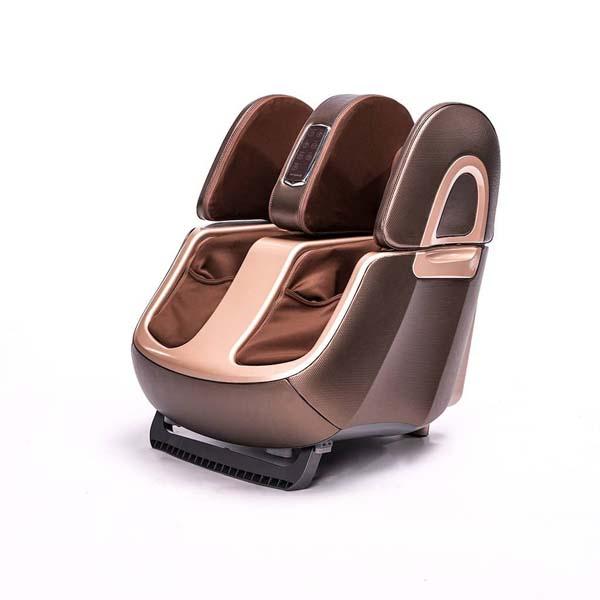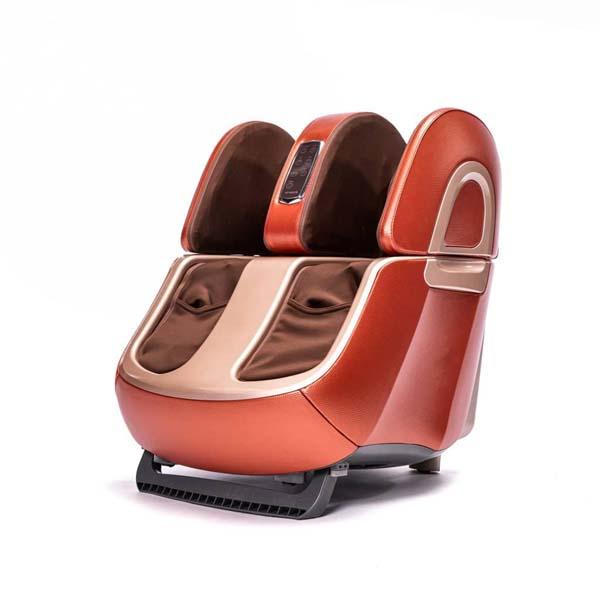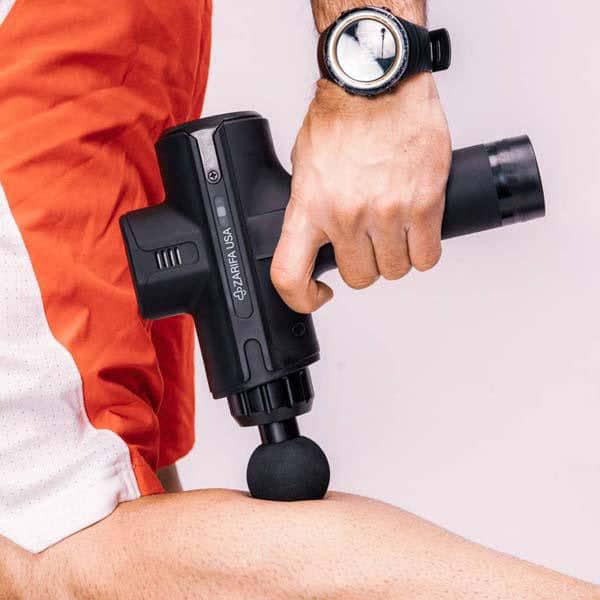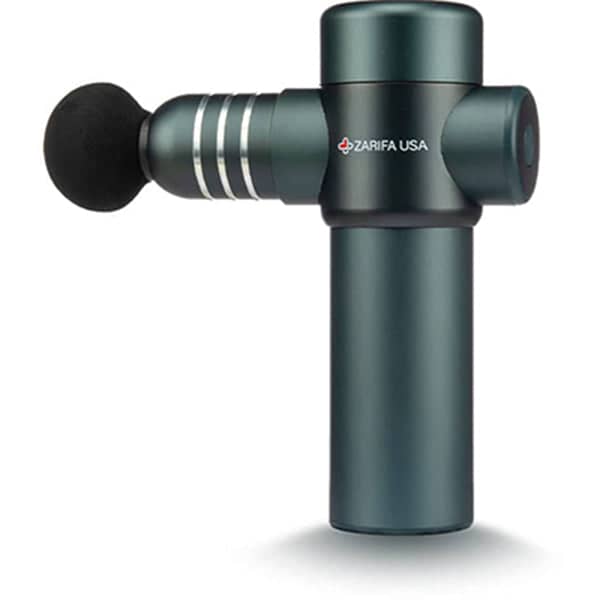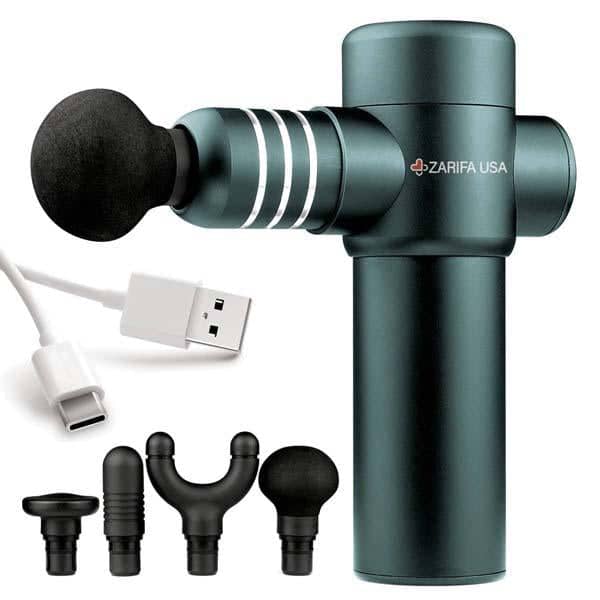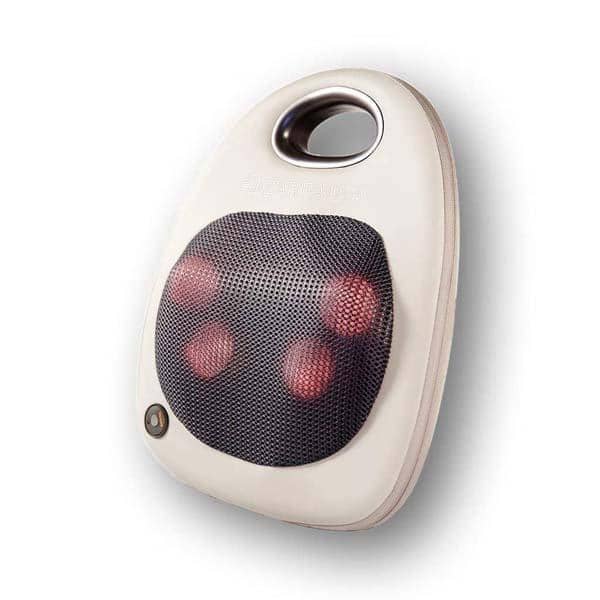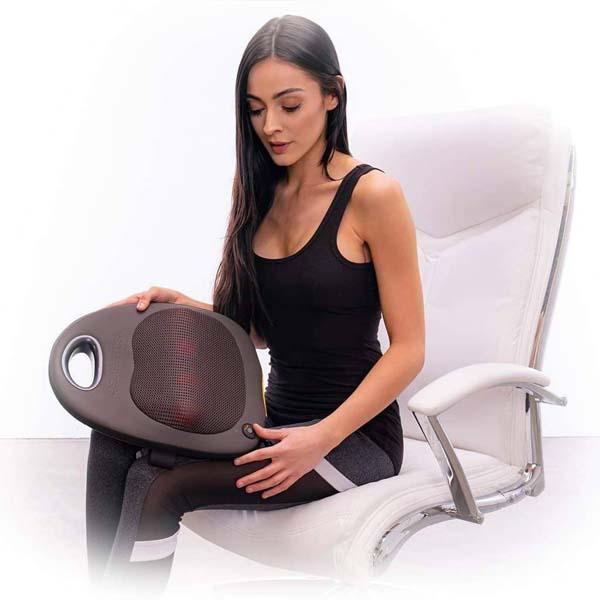Chronic Pain and Work Productivity
Team members with chronic pain, arthritis, or other injuries and conditions may struggle to sit in an uncomfortable chair for long periods, causing physical pain and anxiety that can lead to lower performance capabilities. Many people suffer chronic pain, which affects every aspect of their work life, from concentration and focus to job performance and satisfaction. It can also impact physical mobility, task completion, problem-solving skills, stress levels, productivity, quality of work, and even interpersonal relationships.
The Impact of Chronic Pain on Productivity
The average reported reduction in work productivity for people who suffer chronic pain, including those with joint pain, is roughly 2.4 hours per week, increasing to approximately 9.8 hours per week for adults with multisite chronic pain. This productivity loss translates directly into financial terms for businesses. Recent studies found that the total incremental cost of healthcare due to pain ranged from $261 to $300 billion. The value of lost productivity is based on three estimates: days of work missed (ranging from $11.6 to $12.7 billion), hours of work lost (from $95.2 to $96.5 billion), and lower wages (from $190.6 to $226.3 billion).
Solutions to Improve Work Productivity
Investing in ergonomic solutions such as foldable massage chairs can significantly improve both the physical and mental health of your team. These chairs help reduce the physical pain and discomfort that can impair work performance. Additionally, they can improve mental health by reducing stress and anxiety, which further enhances job performance. Studies have shown that using massage chairs in the workplace can lead to fewer days missed due to illness, fewer distractions, and enhanced productivity. Furthermore, massage chairs can improve team morale and reduce tension, increasing job satisfaction.

Reasonable Adjustments for Chronic Pain
Reasonable adjustments for chronic pain in the workplace go beyond providing massage chairs. Companies should also consider adjustable desks and chairs, ergonomic office accessories, flexible working hours, and work-from-home options. Providing access to mental health resources is also crucial, as living with chronic pain can be very mentally taxing. Ensuring chronic pain is treated effectively can significantly improve employees' ability to perform their tasks and reduce absenteeism.
-
Adjustable Desks and Chairs: These can be tailored to the user’s comfort level, relieving pressure on joints, reducing fatigue, and improving posture.
-
Ergonomic Office Accessories: Items such as footrests, wrist rests, and lumbar supports help reduce strain on the body and alleviate pain.
-
Flexible Working Hours and Work-from-Home Options: Allowing employees to work during their most productive times and in environments tailored to their needs can reduce the pressure to complete tasks within a certain period.
-
Mental Health Resources: Providing access to mental health support helps team members cope with the stress of their condition, leading to better overall well-being.
The Economic Impact of Chronic Pain on Businesses
Chronic pain significantly impacts work productivity, leading to increased costs for businesses due to absenteeism and lower productivity. The economic impact of investing in massage chairs and other ergonomic solutions is substantial. By making reasonable adjustments, businesses can reduce the costs associated with employee absenteeism and lower productivity while improving employee morale and job satisfaction, resulting in greater profits for the company overall.
Chronic Pain Statistics Worldwide
Chronic pain is a global issue affecting one in five people worldwide. Many people with chronic pain use a combination of medications, therapies, and lifestyle changes to manage their condition. In China, research indicates that the prevalence of chronic pain is around 20%. In the United States, the National Institutes of Health estimates the prevalence of chronic pain at 40 million people, or 17%. This widespread prevalence underscores the importance of addressing chronic pain in the workplace.
Chronic Pain and Mental Health
Chronic pain often leads to mental health challenges, including major depressive disorder and generalized anxiety disorder. Chronic pain is often linked with pain disorders, which can include major depressive disorder and generalized anxiety disorder. The mental toll of living with chronic pain can be severe, leading to decreased productivity and increased absenteeism. By addressing both the physical and mental aspects of chronic pain, companies can create a more supportive work environment.

Alternative and Complementary Medicine
Alternative and complementary medicine, including therapies such as acupuncture, chiropractic care, and transcutaneous electrical nerve stimulation (TENS), can be effective in managing chronic pain. These therapies offer additional options for employees to manage their pain and improve their quality of life.
These therapies can help relieve chronic pain and improve overall quality of life for employees.
The Role of Pain Management Specialists
Pain management specialists play a crucial role in treating chronic pain. They use various techniques, including prescribing nonsteroidal anti-inflammatory drugs (NSAIDs), administering epidural steroid injections, and providing physical therapy. By working with pain management specialists, employees can receive tailored treatment plans that address their specific needs. Pain management specialists often use pain medicine to reduce or block pain signals, providing relief for chronic pain sufferers.
Chronic Pain Treatment and Management Techniques
Effective chronic pain management techniques include physical therapy, occupational therapy, and alternative medicine. These techniques help reduce pain, improve physical function, and enhance overall quality of life. By incorporating these techniques into the workplace, companies can support employees in managing their pain and maintaining productivity. Chronic pain treatment may include a combination of pharmacological and nonpharmacological approaches tailored to the individual's needs.
Chronic Pain and Substance Abuse Disorders
Chronic pain is often associated with an increased risk of substance abuse disorders, particularly opioid addiction. Providing access to pain management specialists and alternative therapies can help reduce the reliance on opioids and lower the risk of addiction. By addressing substance abuse disorders, companies can create a safer and more supportive work environment. Understanding the differences between acute and chronic pain is crucial in developing effective pain management strategies and reducing the risk of substance abuse.
Chronic Pain Conditions and Their Impact
Chronic pain conditions, such as musculoskeletal pain, neuropathic pain, and chronic pelvic pain, can significantly impact work productivity. Understanding these conditions and their effects on employees can help companies implement effective pain management strategies. By addressing the specific needs of employees with chronic pain conditions, companies can improve productivity and overall job satisfaction. Chronic musculoskeletal pain, in particular, can severely impact an employee's ability to perform physical tasks and maintain productivity.
Chronic Pain and Employee Support Programs
Implementing employee support programs that focus on chronic pain management can greatly benefit the workforce. These programs may include regular health screenings, pain management workshops, and personalized wellness plans. By proactively addressing chronic pain, companies can prevent the escalation of pain-related issues and promote a healthier work environment. Employee support programs should also consider the various aspects of chronic pain syndrome, including physical, psychological, and social factors.
The Importance of Regular Health Assessments
Regular health assessments can help identify chronic pain issues early on, allowing for timely intervention. These assessments can be part of a comprehensive employee wellness program that includes physical exams, pain evaluations, and mental health screenings. Early detection and intervention can significantly reduce the impact of chronic pain on work productivity. Early detection and intervention can prevent the development of chronic pain and reduce its impact on work productivity.
Technology and Chronic Pain Management
Advancements in technology offer new ways to manage chronic pain in the workplace. Wearable devices that monitor posture, activity levels, and pain indicators can provide valuable data to help employees and employers manage pain more effectively. Additionally, telehealth services can offer remote consultations with pain management specialists, making it easier for employees to access the care they need. Technological advancements offer new pain treatment options, including wearable devices and telehealth services, to help manage chronic pain more effectively.
Creating a Supportive Workplace Culture
Creating a supportive workplace culture is essential for managing chronic pain. Encouraging open communication about pain-related issues and promoting a culture of empathy and understanding can help employees feel more comfortable seeking help. Providing education on chronic pain and its impact can also foster a more supportive and informed work environment. A supportive workplace culture can help relieve pain by providing employees with the resources and understanding they need to manage their condition.
The Future of Chronic Pain Management in the Workplace
The future of chronic pain management in the workplace lies in a holistic approach that combines medical treatment, ergonomic solutions, mental health support, and technology. By adopting a comprehensive strategy, companies can create a work environment that not only accommodates employees with chronic pain but also promotes overall well-being and productivity.
A holistic approach that combines medical treatment, ergonomic solutions, and mental health support is essential to effectively treat chronic pain in the workplace.
Chronic Pain and Work-Life Balance
Maintaining a healthy work-life balance is particularly challenging for employees with chronic pain. Companies can support their employees by encouraging breaks, offering wellness programs, and providing resources for managing pain at home. A supportive work-life balance can reduce stress and improve overall job satisfaction. Managing acute pain, which typically resolves quickly, differs significantly from managing chronic pain, which requires ongoing strategies to maintain a healthy work-life balance.
Chronic Pain and the Role of Employers
Employers play a crucial role in supporting employees with chronic pain. By fostering a supportive environment and providing necessary resources, employers can help employees manage their pain effectively. This support not only enhances productivity but also boosts employee morale and loyalty. Employers should ensure that chronic pain is treated effectively to enhance productivity and employee well-being.
Chronic Pain and Ergonomic Workstations
Ergonomic workstations are designed to reduce strain on the body and promote better posture. By investing in ergonomic furniture and equipment, companies can help employees minimize the physical impact of chronic pain. This investment can lead to improved comfort, reduced pain levels, and enhanced productivity. Ergonomic solutions can also help prevent other types of pain, such as abdominal pain, by promoting better posture and reducing strain on the body.
Chronic Pain and Employee Training
Training employees on how to manage chronic pain can be highly beneficial. Workshops and training sessions can educate employees about ergonomics, pain management techniques, and the importance of self-care. Empowering employees with knowledge and skills can help them take proactive steps to manage their pain.
Chronic Pain and Telecommuting
Telecommuting offers flexibility for employees with chronic pain. Allowing employees to work from home can provide them with a more comfortable and controlled environment. Telecommuting can also reduce the physical demands of commuting and enable employees to better manage their pain.
Chronic Pain and Employee Assistance Programs
Employee Assistance Programs (EAPs) can provide valuable support for employees with chronic pain. EAPs offer resources such as counseling, referrals to pain management specialists, and support groups. Access to these resources can help employees cope with the challenges of chronic pain and improve their overall well-being.
Chronic Pain and Physical Therapy
Physical therapy is a key component of chronic pain management. Providing access to physical therapy services can help employees improve their physical function and reduce pain. Regular physical therapy sessions can also prevent the worsening of chronic pain conditions and support long-term health.
Chronic Pain and Workplace Wellness Programs
Workplace wellness programs that focus on physical activity, stress management, and healthy living can benefit employees with chronic pain. These programs can include activities such as yoga, meditation, and fitness classes. Participating in wellness programs can improve employees' physical and mental health, leading to better pain management and increased productivity.
Chronic Pain and Occupational Health Services
Occupational health services can provide specialized care for employees with chronic pain. These services may include assessments, treatment plans, and ongoing support from healthcare professionals. By integrating occupational health services into the workplace, companies can ensure that employees receive the care they need to manage their pain effectively.
Chronic Pain and Preventive Measures
Preventive measures can help reduce the risk of developing chronic pain. Companies can implement initiatives such as ergonomic assessments, health screenings, and educational campaigns to promote early detection and intervention. These measures can identify potential issues before they escalate into chronic pain conditions, allowing for timely treatment and management. Additionally, promoting a culture of health and wellness can encourage employees to adopt healthier lifestyles, which can further reduce the risk of chronic pain.
Chronic Pain and Health Education
Health education is essential in managing and preventing chronic pain. By providing employees with information on the causes, symptoms, and management of chronic pain, companies can empower them to take control of their health. Educational workshops and seminars can cover topics such as proper posture, exercise, nutrition, and stress management. By fostering a well-informed workforce, companies can reduce the prevalence of chronic pain and its impact on productivity.
Chronic Pain and Access to Medical Care
Access to medical care is crucial for employees with chronic pain. Companies can support their employees by providing comprehensive health insurance plans that cover pain management treatments and therapies. Facilitating access to primary care physicians, pain specialists, and mental health professionals can ensure that employees receive the necessary care to manage their pain effectively. Additionally, offering on-site medical services can provide convenient access to healthcare, further supporting employees' well-being.
Chronic Pain and Customized Workspaces
Customized workspaces can significantly benefit employees with chronic pain. By allowing employees to personalize their work environment, companies can accommodate individual needs and preferences. This may include adjustable furniture, specialized equipment, and tailored lighting. Creating a workspace that supports comfort and functionality can reduce the physical strain on employees and enhance their ability to perform tasks efficiently.
Chronic Pain and Technology Integration
Integrating technology into pain management can provide innovative solutions for employees with chronic pain. Wearable devices, mobile apps, and telehealth platforms can offer real-time monitoring, personalized feedback, and remote consultations. These technologies can help employees track their pain levels, receive tailored recommendations, and access healthcare services from anywhere. Embracing technology can lead to more effective pain management and improved quality of life for employees.
Chronic Pain and Corporate Social Responsibility
Corporate social responsibility (CSR) initiatives can include efforts to address chronic pain in the workplace. Companies can partner with healthcare organizations, support research on pain management, and advocate for policies that promote employee health. By incorporating chronic pain management into their CSR strategies, companies can demonstrate their commitment to employee well-being and contribute to broader societal efforts to address chronic pain.
Chronic Pain and Employee Empowerment
Empowering employees to manage their chronic pain can lead to better outcomes. Providing resources, tools, and support can enable employees to take an active role in their health. This empowerment can include access to self-management programs, peer support groups, and educational materials. By fostering a sense of control and autonomy, companies can help employees develop effective pain management strategies and improve their overall quality of life.
Chronic Pain and Continuous Improvement
Continuous improvement is essential in addressing chronic pain in the workplace. Companies should regularly assess the effectiveness of their pain management initiatives and seek feedback from employees. By identifying areas for improvement and implementing evidence-based practices, companies can enhance their support for employees with chronic pain. Continuous improvement efforts can lead to more effective pain management strategies, better employee satisfaction, and increased productivity.
Chronic Pain and Collaborative Care
Collaborative care involves a multidisciplinary approach to managing chronic pain. By coordinating efforts between healthcare providers, employers, and employees, companies can ensure comprehensive and integrated care. This collaboration can include regular communication, shared decision-making, and coordinated treatment plans. A collaborative care model can lead to more effective pain management, improved health outcomes, and a supportive work environment.
Conclusion
Chronic pain is a pervasive issue that affects work productivity and the overall well-being of employees. By investing in ergonomic solutions, providing reasonable adjustments, and supporting both physical and mental health, companies can create a more productive and supportive work environment. The economic benefits of addressing chronic pain in the workplace are significant, leading to reduced absenteeism, improved productivity, and greater overall profits. By taking a proactive approach to chronic pain management, businesses can ensure the long-term success and well-being of their workforce. Implementing comprehensive strategies that include preventive measures, health education, access to medical care, customized workspaces, and continuous improvement can create a healthier and more productive work environment for all employees.


